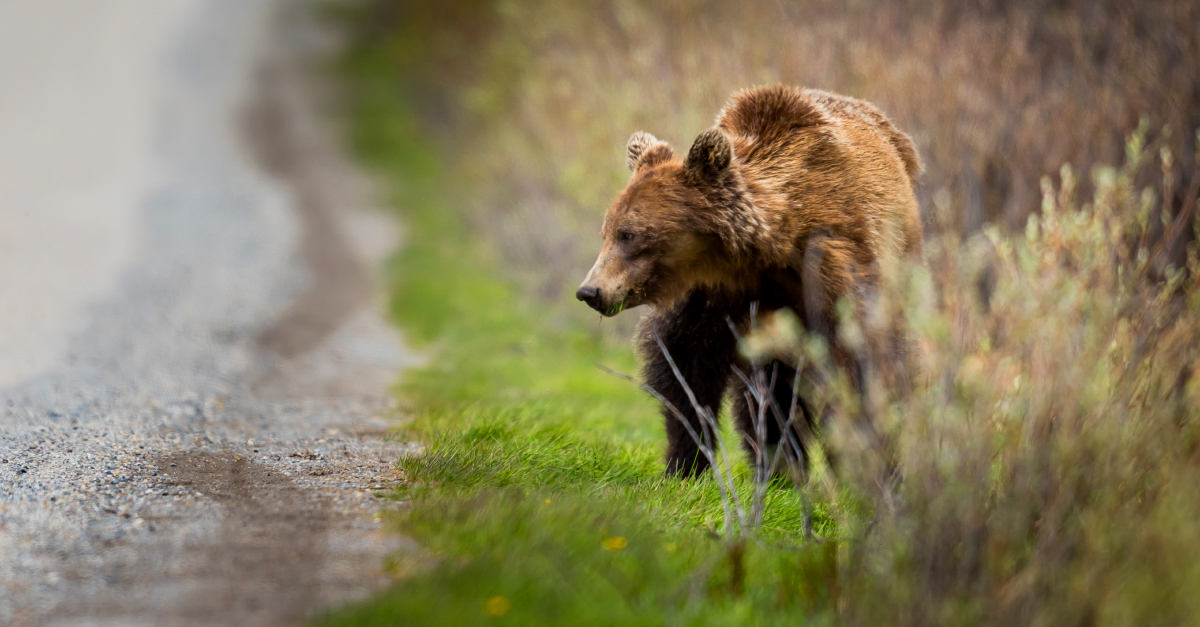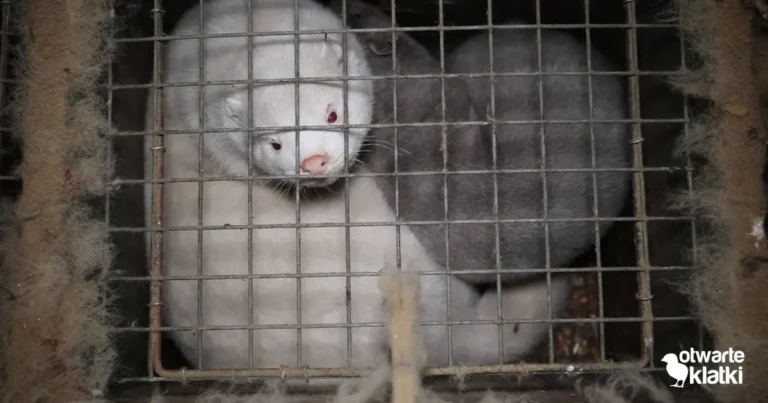
A photo of a beautiful grizzly bear isn’t worth your, or the bear’s, life, but that’s what’s at stake when visitors to parks don’t respect the animals they’re viewing.
Ray Blanchard told the CBC he had set up his camera approximately 70 metres away from a grizzly bear in Banff National Park last weekend when he witnessed a potential close call with one park visitor.
“Another 20 or 30 people had also gathered to look at the grizzly,several of them quite close to the bear, which was behind a bush,” the CBC reported. “Suddenly,one person walked straight toward the bush to get an up-close photo, stopping within just a few metres of the grizzly, he said.”
Such behaviour for the sake of a photo may seem like a quick risk with a high reward, but the long-term consequences of getting wildlife used to being near people, or habituated to accepting food from people and people-dense areas, are dire.
“Parks Canada would like to remind visitors that feeding wildlife is not allowed in any national park,” a spokesperson told The Fur-Bearers in an email in response to the CBC article. “If you see wildlife in a no stopping zone, do not stop to view them. When visitors do see wildlife while driving they should consider not stopping or, if they are in a safe area to stop, they should always stay in their vehicle and give the animal its space. Bears and other wildlife that become comfortable around people and places like roadsides are at greater risk of being struck by a vehicle.
“Visitors [to Banff, Yoho, and Kootenay national parks] are asked to report wildlife sightings, and any signs of illegal or unsafe activity and unattended food or garbage by immediately calling our 24/7 Banff Dispatch at 403-762-1470.”
In other Parks Canada locations, contact 1-888-WARDENS (927-3367).
While there are significant fines available as tools to Parks Canada in some jurisdictions, their ability to respond to these situations is limited by their available resources. Please do your part and, if you see unsafe behaviour around wildlife, including harassing or feeding, take a picture, write down details, and contact the appropriate enforcement agency. Protecting wildlife isn’t just a job for government agencies: it’s a responsibility we all share.
monthly donor(for as little as $10/month – the cost of two lattes) pleaseclick hereand help us save lives today.

